When a Brand Becomes a Cult: Psychological Depth or Manipulation?
The line between connection and control is thinner than most brands want to admit.
People don’t join brands.
They join movements.
They join identities that feel like mirrors—brands that say, “You’re one of us.”
That’s not just marketing. That’s psychology.
And when done well, it’s powerful.
But when done too well—it’s something else entirely.
It becomes worship.
It becomes control.
It becomes cult.
The Cult Mechanics of Branding
Strip the word “cult” of its shock value for a second and look at its structure:
A shared belief system
A charismatic core (person or principle)
Distinct language and symbols
An “in-group” vs. “out-group” dynamic
Ritualized behavior or purchase cycles
A sense of emotional belonging
Sound familiar? It should. Because the best brands use every one of these mechanisms—consciously or not.
Nike. Apple. Supreme. Glossier.
People don’t just buy. They evangelize.
They tattoo logos on their bodies. They line up at midnight. They defend companies like family.
That’s not loyalty.
That’s identity projection.
That’s behavioral ownership.
Influence vs. Manipulation: Where’s the Line?
Every brand wants to connect.
But there’s a difference between connecting with someone—and embedding inside them.
Influence becomes manipulation when:
The brand uses fear or inadequacy as fuel
The product becomes secondary to the belief system
Dissent is shamed or silenced
Customers are treated like followers, not co-creators
It’s not a coincidence that some of the most “beloved” brands operate more like ideology than commerce.
That’s because branding has always borrowed from religion, propaganda, and psychology. Shade just admits it.
The Shade Tactics Perspective: Build With Awareness
Shade Tactics doesn’t avoid these tools—we study them.
Because the answer isn’t less psychological strategy. It’s more ethical application.
We use archetypes, subconscious triggers, and emotional mapping—but not to control.
To clarify. The control is just a side effect.
We align a brand’s internal system with how it expresses itself.
We build connections that are earned.
Each Shade component exists to create a self-aware brand, not a manipulative one:
Shroud: What you show
Helm: How you think
Anchor: What you believe
Darkling: What you reject
Echo: Who you serve
When those five align—you don’t need gimmicks.
The right people will find you. And stay.
Cult Isn’t the Goal. But Depth Is
Most branding is afraid of going deep.
So it stays superficial. Aesthetics, slogans, personality.
But depth is where trust lives.
Depth is how you build something that outlasts the founder, the trend cycle, or the algorithm.
A brand with psychological depth doesn’t need to manipulate.
It just needs to mean something.
The truth?
You’re already influencing people.
The question is whether you’re doing it with awareness.
Because if you don’t know where your power lies,
you’re more dangerous than you think.
